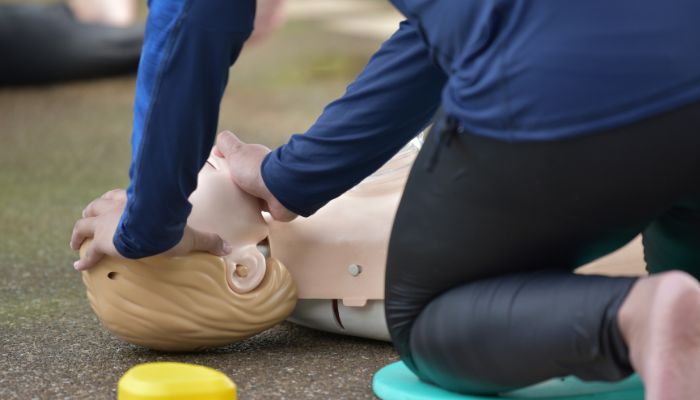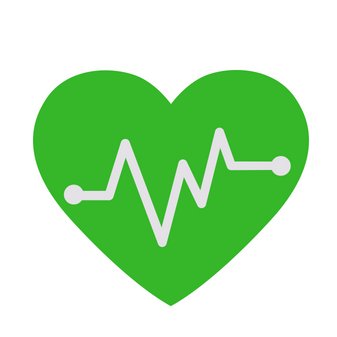
Basic life support (BLS) is a set of emergency procedures used on patients with circulatory or respiratory life-threatening situations. Its goal is to prolong the period between the onset of the emergency and the arrival of advanced medical care. Here are the five essential skills you’ll learn in BLS training:
Choking Relief
Choking is a serious medical emergency and can lead to serious complications like brain damage or death. BLS will teach you how to quickly identify and respond to choking signs through the Heimlich maneuver. The Heimlich maneuver or abdominal thrusts, dislodges an object or food in a patient’s airway by applying pressure upward to the abdomen. The application of this technique differs slightly de[pending on the patient’s age and size. However, proper BLS training will teach you how to perform it on infants, children, and adults.
Cardiopulmonary Resuscitation (CPR)
CPR is an emergency technique involving chest compressions and rescue breaths. It ensures blood and oxygen flow to the vital organs during cardiac or respiratory failure. Also, it involves applying pressure to the center of the chest to simulate heartbeats.
It also rescues breath by blowing air into the patient’s lungs to deliver oxygen and expel carbon dioxide to maintain the patient’s airway and oxygenation. In addition to chest compressions and rescue breaths, you’ll learn how to use an automated external defibrillator (AED). An AED tracks a patient’s heart rhythm and delivers an electric shock to restore the normal heartbeat rhythm if necessary.
Airway Management
BLS training teaches you how to examine and manage an airway fast to ensure enough oxygenation and ventilation. You will learn how to identify and respond to airway obstructions that cause breathing difficulties. Techniques such as head-tilt or chin-lift and jaw-thrust movements are essential to clear the airway. Additionally, you can use artificial ventilation techniques like mouth-to-mouth and bag-mask ventilation. These are important in ensuring the patient’s body has enough oxygen necessary for maintaining vital organ function.
Use of Individual and Dynamic AED
The use of AED is a critical skill taught in BLS training as it is used to save the lives of people having cardiac arrest. It is not a one size fits all and it depends on the individual patient and specific condition.
Different patients require different first-aid interventions. For instance, AED pads may need to be placed differently on a child and adjust the shocking energy level compared to an adult. Additionally, the dynamic use of AED means that you must continually monitor the patient’s condition and act accordingly. If the patient’s heart rhythm changes, the AED can prompt you to perform CPR or adjust the shocking energy level. You should remain attentive and responsive throughout the AED process.
Online BLS training
Online BLS training can be highly beneficial as well. It offers convenience and flexibility, allowing participants to access course materials and complete the training at their own pace and convenience. This flexibility is particularly valuable for individuals with busy schedules or limited access to in-person training.
Additionally, online BLS training is often more cost-effective, eliminating the need for travel expenses and offering different pricing options to fit various budgets. Reputable online BLS programs provide comprehensive content, including interactive modules, videos, and assessments, ensuring participants gain a thorough understanding of essential life-saving techniques.
While hands-on practice is an integral part of BLS training, online courses often incorporate virtual simulations and demonstrations to enhance learning.
Endnote
Getting a BLS certification is an important step for healthcare providers and lay responders alike. By enrolling in proper BLS training courses, such as those offered by Newcastle Training, you can gain the above and other essential skills to quickly and effectively respond to emergency situations.

Lifebing is driven by an unrelenting passion for promoting health and well-being, our team is wholly committed to curating exceptional content and immersive experiences.
